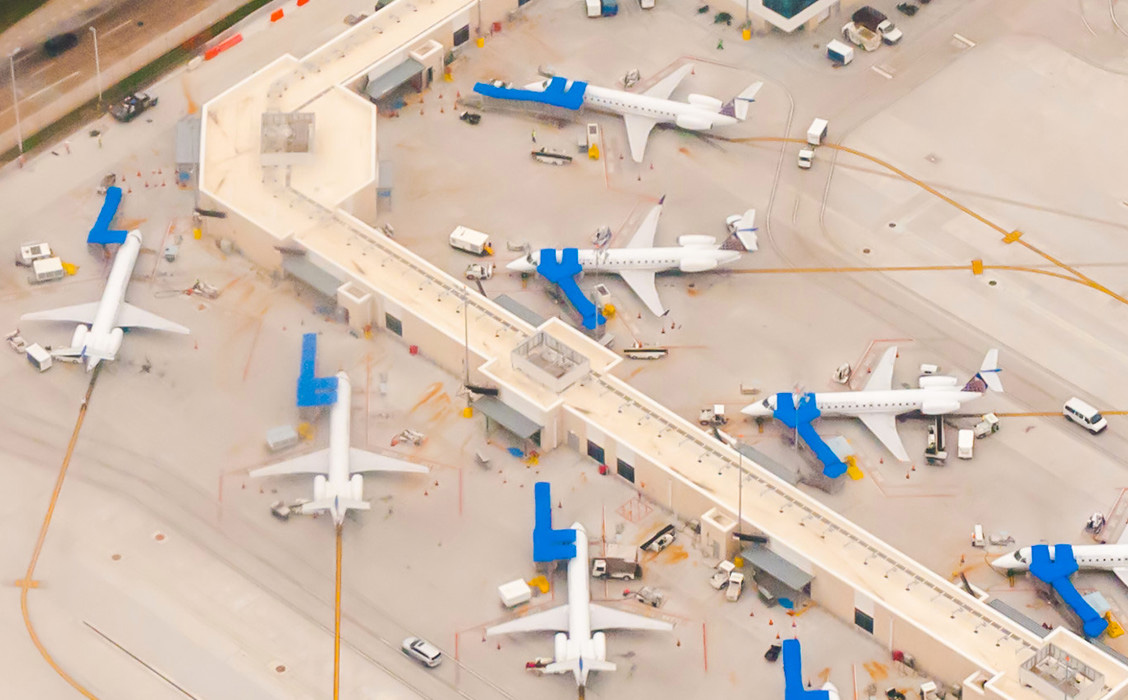Course Detail: MGM-2600 - Airport Terminal Design [MGM 2600]

Overview
Embry-Riddle Aeronautical University's (ERAU) Airport Terminal Design explores airport history, airport components, landside configurations, and how terminals are configured. Students will also learn the business of airports and study contemporary domestic and international terminals.
This course awards 2 Continuing Education Units (CEU) upon completion.
This course is one of five courses that may be taken individually or toward satisfaction of Embry-Riddle's Airport Planning, Design and Development professional education certificate requirements.
Who Should Attend
This professional certificate program is ideal for those who specialize in airport planning, those who manage a functional area within airport design or management, and anyone whose career necessitates an understanding of the design and development of airports, including:
- Air traffic controllers and management staff
- Airline managers
- Aviation/airport directors
- Airport operations managers (including airside and landside development)
- Airport planners
- Airport planning consultants
- FAA airports district office directors and staff
- National, regional and local agencies and associations directing and managing airport planning and design efforts
- State aviation planners
- State Department of Transportation representatives and staff

Course Objectives
After completing this course, students should be able to demonstrate a comprehensive and broad-based understanding of airport planning and design in the following areas:
- Identifying airport ownership and financial structure
- Describing the airport ownership
- Recognizing which agencies have oversight of the airport (local, state, federal, international)
- Identifying emerging technological advancements at the airport
- Evaluating the effects of COVID-19 on the air transportation system
- Assessing retail/commercial partners' influence on revenue
- Predicting advancements in future airports
- Recognizing the major parts of an airport
- Summarizing the components that comprise the airport airside
- Identifying the considerations taken into account with the airport runway and gate/apron
- Identifying irport landside components and their impact on passenger flow at an airport
- Recognizing the major components of airport security
- Describing the major areas of an airport that are susceptible to threat
- Outlining methods and technologies used by airports to enhance security
Course Information
This is an online asynchronous instructor facilitated course with weekly modules and assignments, but no scheduled meeting times. Students should plan to spend approximately 10-15 hours per week working through the course. Coursework is web-based with no additional software required, although a reliable internet connection is recommended. All courses open 48 business hours in advance of each start date, and must be completed by their scheduled end dates. Digital certificates are available upon successful completion of individual courses. Printed certificates are mailed only upon completion of a full certificate program.

 Cart (0)
Cart (0)